California wants to ban the toxic chemical that gives chrome its classic shine
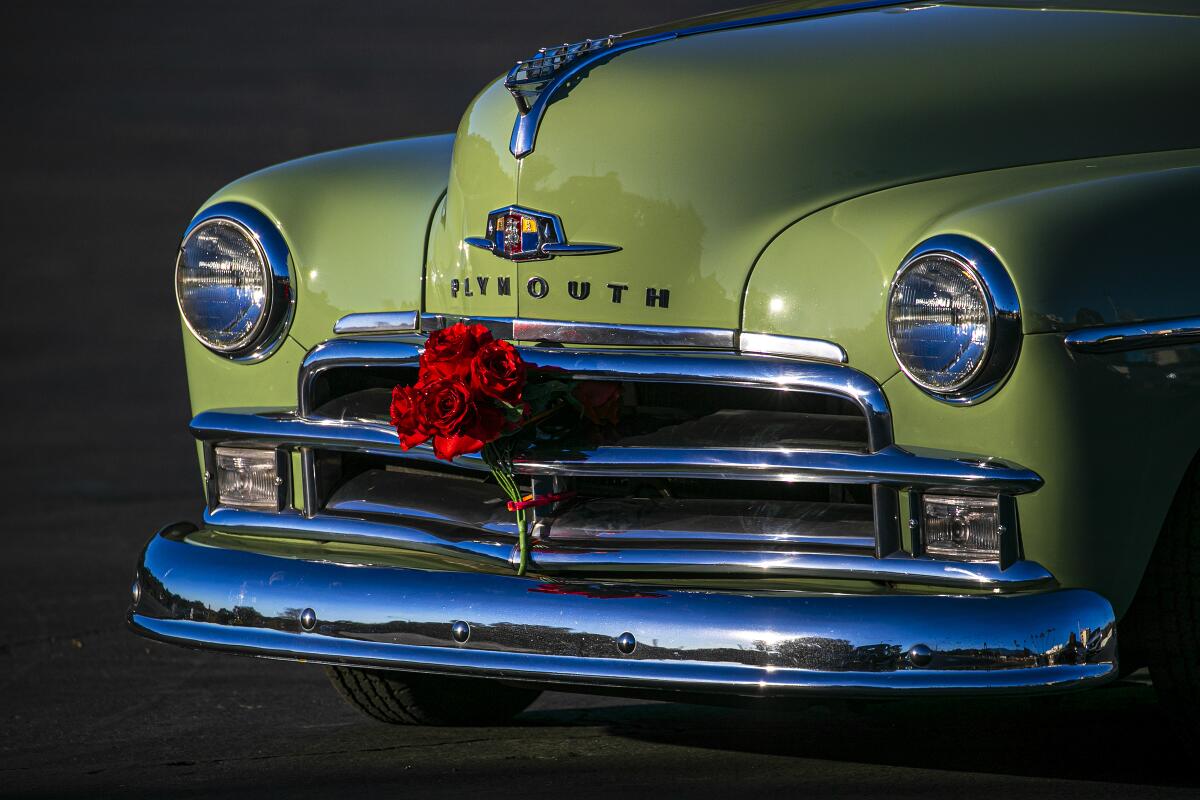
For decades, hexavalent chromium has provided the silvery showroom finish to countless consumer products, from automobile bumpers and grilles to kitchen faucets and light fixtures. It has also served as an indispensable rust-resistant coating for aviation components, such as airplane landing gear.
But while hardened chrome is harmless, the airborne emissions from the plating process are more than 500 times more toxic than diesel exhaust and pose a substantial cancer risk to surrounding communities.
In light of these risks, the California Air Resources Board has proposed a landmark ban on the use of so-called chrome-6 in decorative plating by 2027, saying the health hazards of the plating process are borne disproportionately by low-income communities. The rule would also prohibit the chemical’s use for industrial durability — such as providing anticorrosive coatings — by 2039.
The proposal has drawn praise from advocates for clean air but has sent shock waves through the state’s auto restoration and customization industries. It could also force California aerospace companies and defense contractors to accelerate research into less toxic alternatives.
“We would be the first jurisdiction in the world to phase out hexavalent chromium in the plating industry,” said Jane Williams, executive director of California Communities Against Toxics. “Even the EU hasn’t done it, because they haven’t found a substitute for crucial uses. We would be working with the industry and the military to actually identify new coatings. That’s precedent-setting.”
The proposal, however, has been blasted by the chrome plating industry. Bryan Leiker, executive director of the Metal Finishing Assn. of California, said these facilities are already required to comply with the strictest regulations in the nation, and an outright ban would compel businesses and jobs to leave California.
“California is trying to force something to happen that’s not ready to happen,” Leiker said. “The consequences are going to be disastrous, because you can lose an entire industry.”
The Air Resources Board heard from dozens of disgruntled members in the metal finishing industry at a public hearing on the matter Friday in Riverside, ahead of a vote on a final proposal in May.
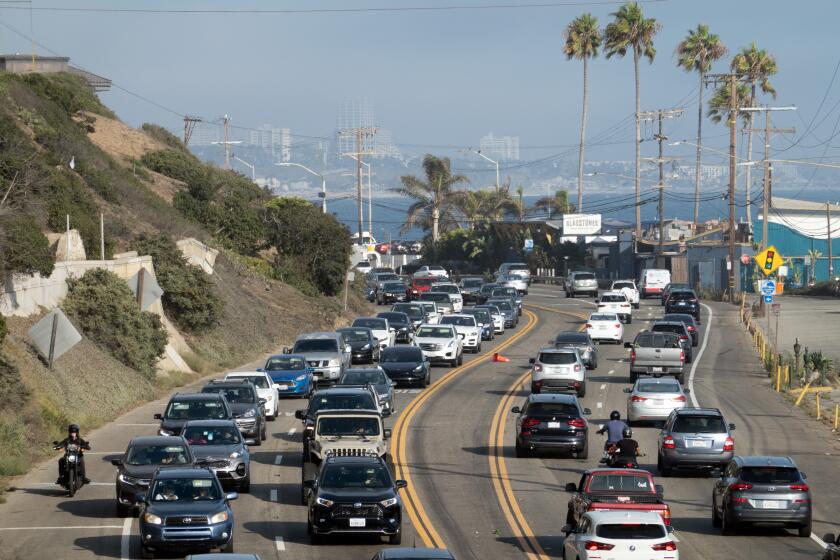
California vows to ban gas-fueled cars. But its record on big climate promises is mixed
The state will need to make good on a number of other promises to achieve its climate goals. Here’s how California is faring toward those goals.
In California, there are more than 110 chrome-plating facilities, and more than 70% of them are in disadvantaged communities. Los Angeles County in particular — with its abundance of car enthusiasts and aerospace companies — has the greatest concentration of chrome platers in the nation.
Southern California remains synonymous with classic and customized cars of yesteryear, from hot rods to lowriders, and chrome’s legacy is strong. Much of that has to do with the social influence chrome once held in a region that eagerly adapted itself to automobiles.
“Because you were in your car so much, it was another way of greeting the world,” said Leslie Kendall, chief historian of the Petersen Automotive Museum in Los Angeles. “It was like your ultimate outer layer of clothing. Chrome on a car was like a brooch for a lady’s coat, something that embellished the form.”
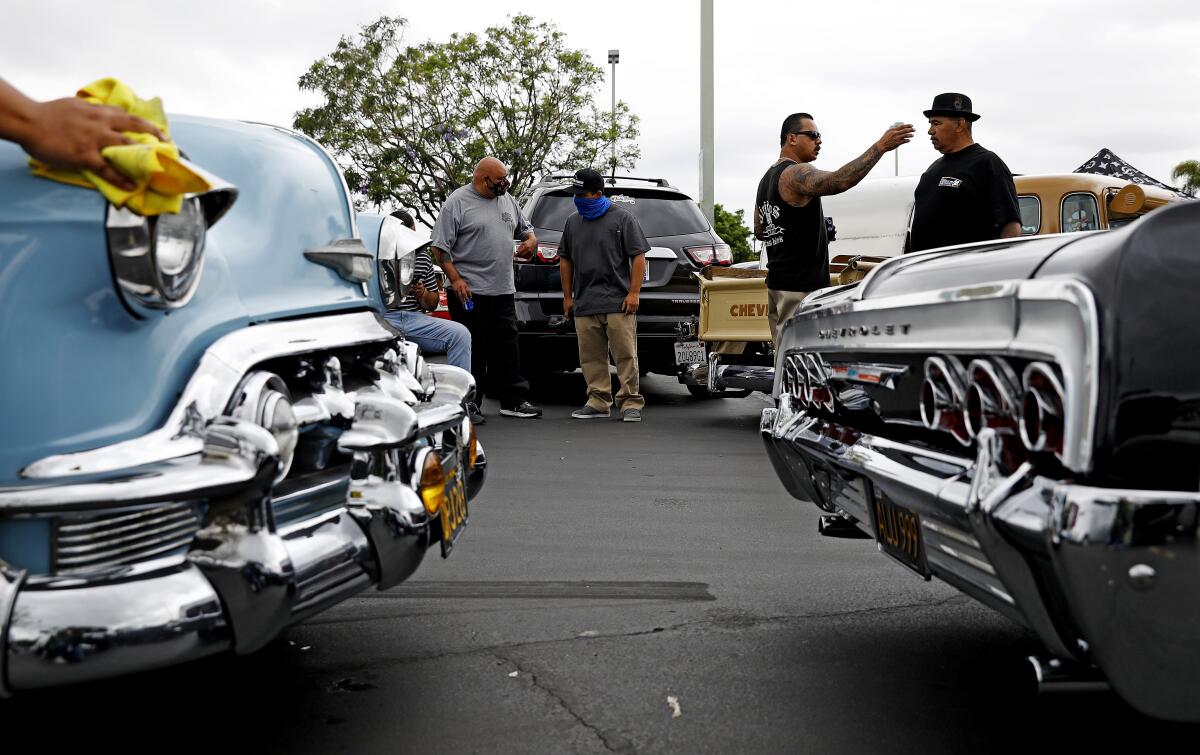
But the mirror-like sheen on wheels, bumpers and grilles comes at a cost. This luster is achieved by dipping auto parts into industrial tanks of a liquid solution containing a potent carcinogen.
An electric current is sent through the tank, causing hexavalent chromium to adhere to the part. At the same time, voltage causes the solution to form bubbles, which release chromium-laden vapors as they burst.
Many of these operations try to reduce the vapors by adding chemical fume suppressants to the chromium solution. But these suppressants contain PFAS, another highly toxic compound, which is discharged into local waterways.
California in 1986 identified hexavalent chromium as a toxic air contaminant that has no safe amount of exposure. Over time, residents have become more concerned about the chemical’s health consequences.
In 1998, community groups called for an investigation into a chrome plating operation near Suva Elementary and Intermediate schools in Bell Gardens. The groups suspected that chrome emissions had contributed to health problems for children, teachers and residents. Twenty-two students and six teachers at the schools had been diagnosed with cancer in eight years, organizers say.
Several families, including those of children who died from cancer, filed a lawsuit against Chrome Crankshaft, a company that plated locomotive parts. The suit was later settled.
Since then, the state has adopted the nation’s most stringent emission standards for chrome plating operations.
Today, about 9% of chrome platers in California operate within 1,000 feet of schools.
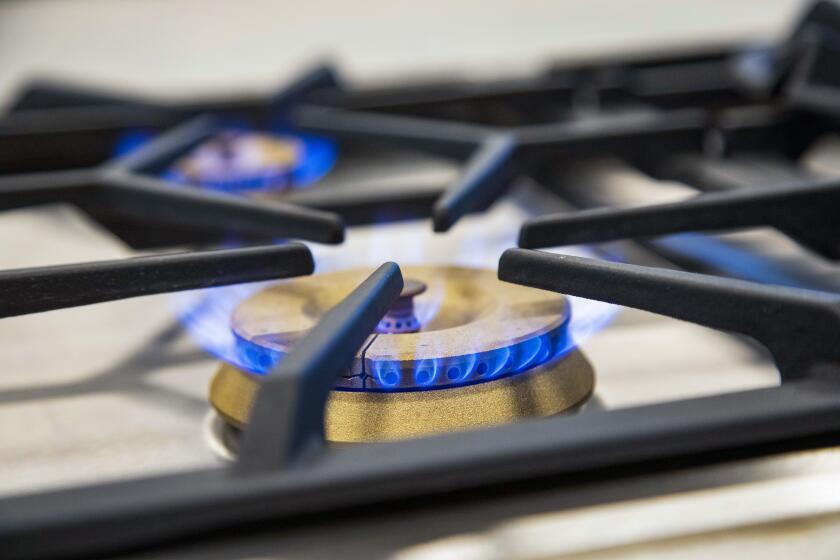
Your gas stove might be polluting your home’s air even when it’s turned off, a new study finds
Gas stoves may emit unhealthful pollutants even when not in use, a study finds. High levels of cancer-causing benezene were found in Southern California.
Metal finishers have argued that their emissions pale in comparison with those of other industries.
California’s 58 large chrome platers produce less than 1% of hexavalent chromium pollution, according to state data. The vast majority comes from burning fossil fuels; cement production and lumber industries also emit more.
“We’re less than 1% of emissions statewide, but we’re the only industry facing a ban right now,” Leiker said.
Although the total emissions may seem nearly insignificant, state regulators and environmental advocates contend that chrome plating facilities can drastically elevate concentrations in the areas immediately surrounding them, posing a long-term health threat.
The Air Resources Board hopes the proposed rule will encourage these facilities to switch to trivalent chromium, a far less toxic alternative, which has been available as a substitute since the early 1990s. However, trivalent chromium has not been widely used in the decorative plating industry because its darker color is similar to stainless steel, an aesthetic that has not appealed to California car enthusiasts striving to re-create the high-gloss sheen of 20th century models.
“It’s a different color, and it just wouldn’t look right on these older cars,” said Elayne Bendel, who is on the board of the Lincoln and Continental Owner’s Club Western Region. “It would never match what came out of the factory, let’s say, in 1960.”
If California’s chrome proposal is adopted, the Mission Viejo resident said, classic car owners would probably have to send parts to other states to have them chromed, making a costly hobby even more expensive.
“There’s a scarcity of labor, a scarcity of parts, and if the ability to get good chrome locally goes away, then that’s just another aspect of the difficulty with owning these cars,” Bendel said.
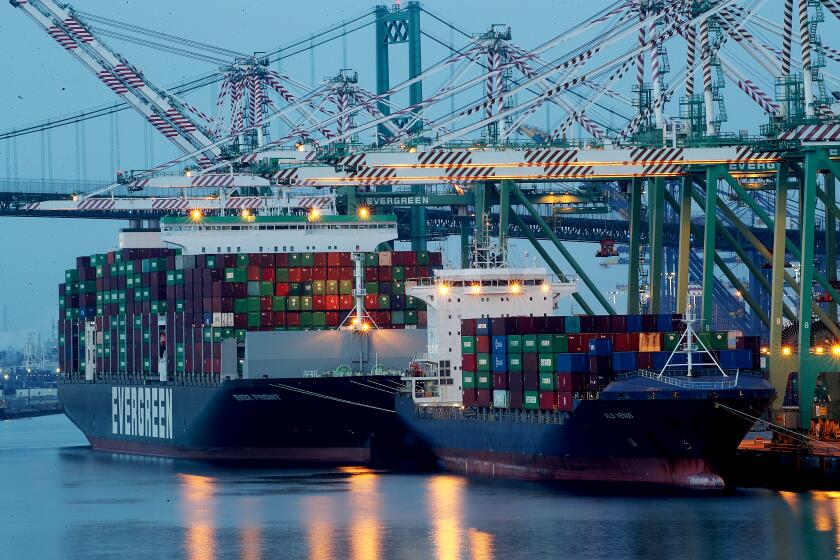
Ports reveal unprecedented surge in harmful emissions; officials blame COVID-19 logjam
Officials at the ports of Los Angeles and Long Beach recorded an unprecedented surge in harmful emissions during 2021. They blame COVID-19.
But chrome has been used for more than embellishing cars.
California is home to some of the world’s largest aerospace companies and defense contractors, and trivalent chromium coating does not meet U.S. Department of Defense specifications for thickness, hardness and corrosion resistance.
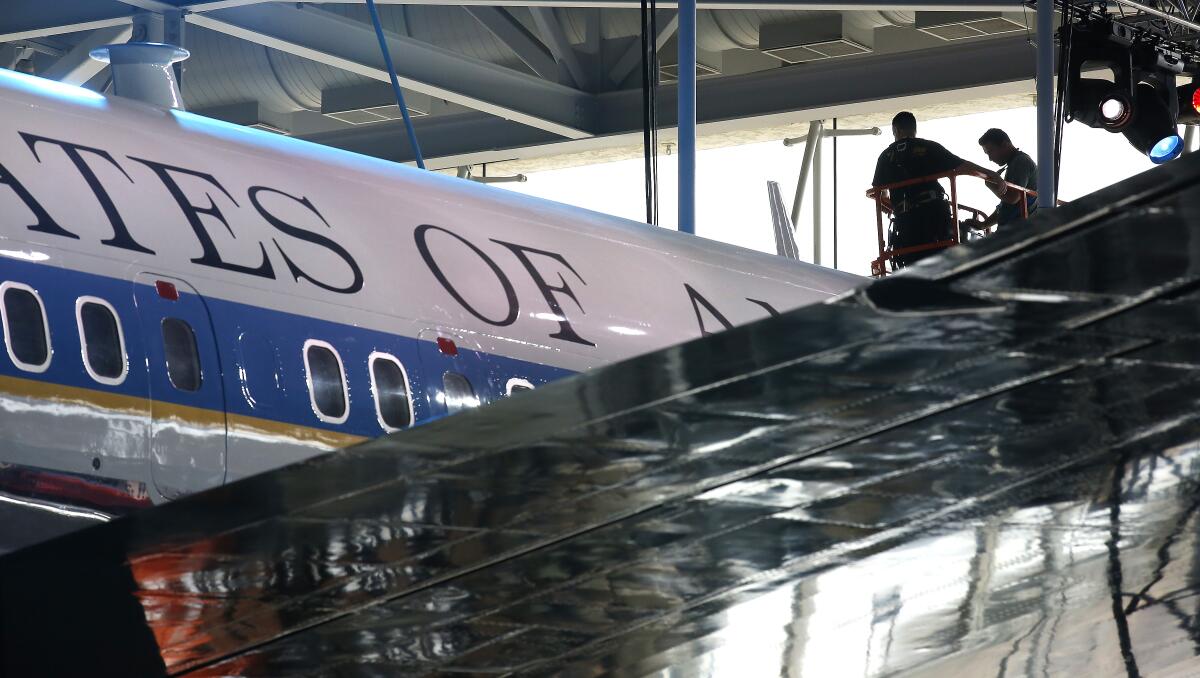
“The Department of Defense is looking into less toxic alternative coatings to hexavalent chromium, including applications via additive manufacturing processes,” Navy Lt. Cmdr. Timothy Gorman, a Pentagon spokesperson, said in a statement. “We will continue to work with our public and private industry partners and communicate on potential changes in this area.”
The California Air Resources Board acknowledges that the rule would have wide-ranging effects and estimates that several thousand jobs could be lost in manufacturing and other sectors related to chrome plating.
The plating facilities that remain will incur significant costs to transition to trivalent chromium: $323,000 for decorative platers and $4 million for industrial operations, the air board estimates.
“It’s completely new equipment, new solution, new process and new permitting,” said Leiker. “It’s not as simple as draining the tank and putting in the new solution.”
If the rule is approved, the state Legislature has allocated $10 million to assist chrome platers with the transition.
Williams, the environmental justice advocate who supports the new rule, told board members Friday that the change was in keeping with past decisions.
“This board has been intimately involved in switching technologies,” Williams said. “It has practically become your job description — switching from gasoline-powered cars to electric vehicles, switching from diesel-powered engines to other forms. This is exactly the same problem.”







